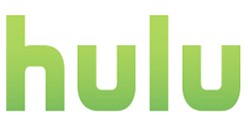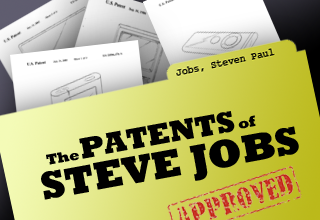 Ever notice how your favorite video game characters wear close-cropped ‘dos, shave their heads, tie their locks back in a ponytail or just wear head dressings? They may be doing it for style, but they’re also conveniently hiding the difficulties of rendering lifelike video game hair.
Ever notice how your favorite video game characters wear close-cropped ‘dos, shave their heads, tie their locks back in a ponytail or just wear head dressings? They may be doing it for style, but they’re also conveniently hiding the difficulties of rendering lifelike video game hair.
This isn’t a new revelation, but the issue came to light again this week when Fight! Magazine learned about the exclusion of big hair in an Ultimate Fighting Championship video game. Fighter Clay “The Carpenter” Guida’s hairdo is so massive that the developers of THQ’s UFC Undisputed 2009 had to exclude him due to clipping and collision detection issues. Reportedly, THQ even offered Guida money to cut his hair, and he refused.
Earlier this week, I wrote about photorealism in games, and how one developer thinks video games could accurately depict thousands of facial bones in 10 to 15 years. But what about the tens of thousands of hair strands that adorn human heads? Apparently, gaming is pretty far off from nailing the art of beautiful, flowing locks.
For fun, here are a few other facts about video game hair:
- Mario, famously, sports a cap because designer Shigeru Miyamoto didn’t like creating hairstyles and wanted to save his programmers the trouble of animating the hair during jumps.
- Electronic Arts’ chief visual officer, Glenn Entis, said in 2005 that hair and facial expressions would be a focus of graphics in the HD gaming era, calling hair “such a communicator of style” and referring to past efforts as “laughable.”
- Even the latest graphical advances simulate less than a couple hundred strands of hair. A real human could shed that amount in a day.

 Wave? Makes me think
Wave? Makes me think  When last we reported on the odd relationship between the
When last we reported on the odd relationship between the  I feel like I have around five percent of my brain cells back to devote to other, more productive purposes. After
I feel like I have around five percent of my brain cells back to devote to other, more productive purposes. After  One thing that first drew me to netbooks was the idea of living on the cloud. After losing everything on my last PC in a horrifying motherboard fire, I suddenly wanted to have as much as possible running over the Internet.
One thing that first drew me to netbooks was the idea of living on the cloud. After losing everything on my last PC in a horrifying motherboard fire, I suddenly wanted to have as much as possible running over the Internet.
 When the original merger between Time Warner and AOL was announced in January 2000, it was heralded as a landmark merger between old and new media. Those rosy predictions never materialized, and as dialup faded away the company never recovered.
When the original merger between Time Warner and AOL was announced in January 2000, it was heralded as a landmark merger between old and new media. Those rosy predictions never materialized, and as dialup faded away the company never recovered. I’m at the keynote for day two of Google’s I/O developer conference, where it’s extremely clear that Google decided to save its big news for the second day. The company is announcing
I’m at the keynote for day two of Google’s I/O developer conference, where it’s extremely clear that Google decided to save its big news for the second day. The company is announcing  Among the many uncanny parallels between Stephen Paul Jobs and Walter Elias Disney is this one: Very early on, both abandoned the work that in some respects might seem to define their careers. Walt Disney began as a cartoonist, but by the late 1920s he had nothing to do with the drawing of Disney cartoons and is said to have told folks that he couldn’t have held down an animator’s job in his own studio. And Steve Jobs held technical positions at HP and Atari at the dawn of his time in Silicon Valley, but his contributions to Apple have never been those of an engineer.
Among the many uncanny parallels between Stephen Paul Jobs and Walter Elias Disney is this one: Very early on, both abandoned the work that in some respects might seem to define their careers. Walt Disney began as a cartoonist, but by the late 1920s he had nothing to do with the drawing of Disney cartoons and is said to have told folks that he couldn’t have held down an animator’s job in his own studio. And Steve Jobs held technical positions at HP and Atari at the dawn of his time in Silicon Valley, but his contributions to Apple have never been those of an engineer. When I
When I